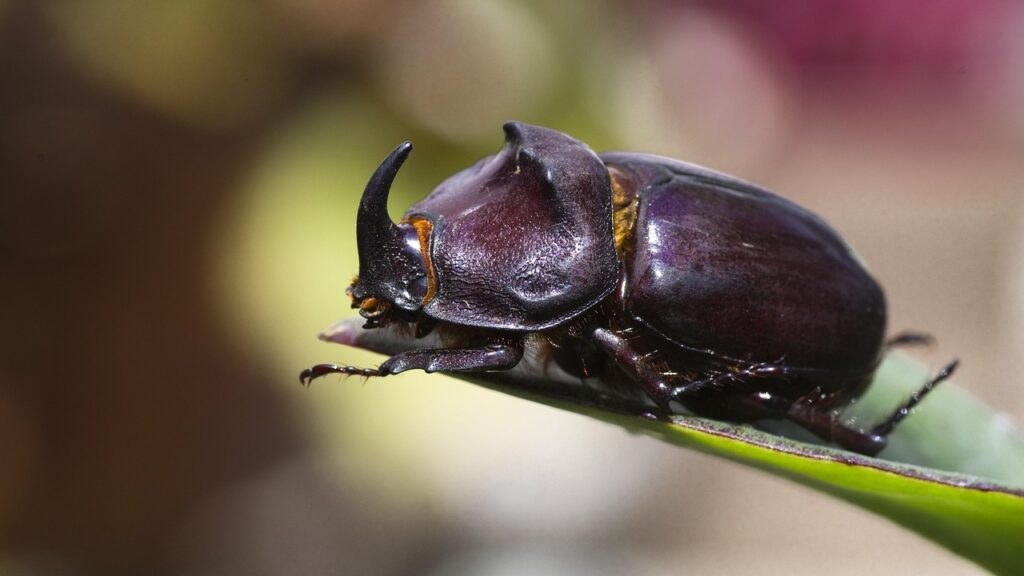When we think of Earth’s most successful animals, beetles deserve the top spot on that list. Making up nearly 25% of all known animal species, these six-legged marvels have conquered virtually every habitat on the planet except the oceans and polar regions. From microscopic soil-dwellers to massive rhinoceros beetles, the order Coleoptera represents nature’s greatest evolutionary success story. Their hard protective shells, incredible adaptability, and specialized lifestyles have allowed beetles to thrive for over 300 million years. Let’s explore why these remarkable insects have become Earth’s dominant life form and discover what makes them so extraordinarily successful.
The Evolutionary Success Story of Beetles

Beetles first appeared during the Permian period, roughly 300 million years ago, evolving from ancestors shared with modern flies and wasps. Their defining innovation—hardened forewings called elytra—provided unprecedented protection that allowed beetles to explore new ecological niches. This armor shielded their delicate flight wings and internal organs while maintaining the ability to fly when needed. Through the catastrophic Permian-Triassic extinction event that wiped out 95% of marine species and 70% of terrestrial vertebrates, beetles persisted and diversified. Their remarkable resilience to evolutionary pressures has resulted in an estimated 400,000 described species today, with scientists believing another 2-3 million beetle species remain undiscovered. This staggering diversity represents evolution’s most successful experiment with the insect body plan.
Anatomy of a World Conqueror
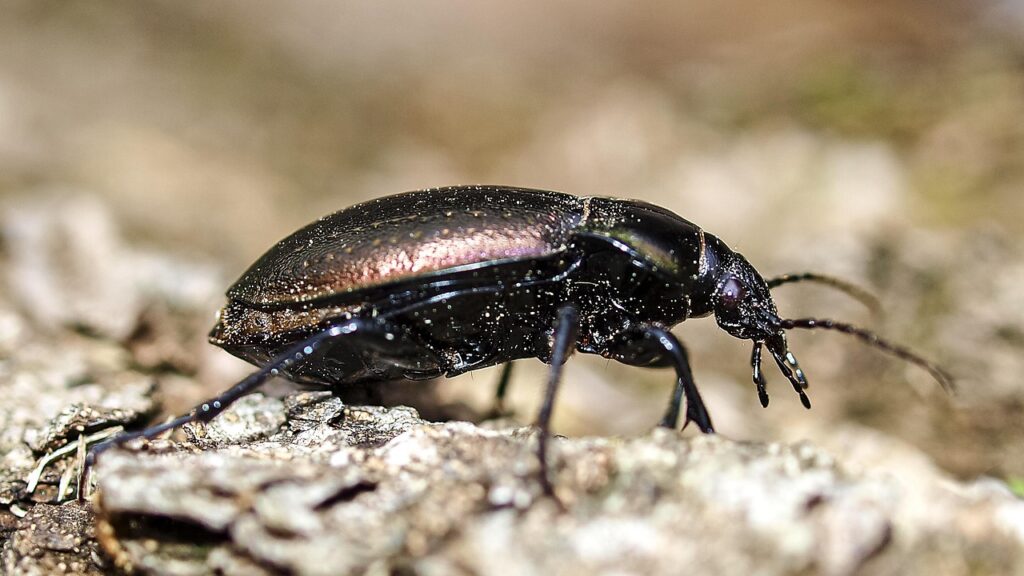
The beetle body plan represents a masterpiece of evolutionary engineering perfectly suited for survival. Most notable are their hardened forewings (elytra) that protect the delicate hindwings underneath and create a sealed chamber that helps prevent water loss in dry environments. Their powerful mandibles are adapted for specific feeding strategies—from the crushing jaws of predatory ground beetles to the specialized mouthparts of wood-boring species. Beetles possess compound eyes, often with thousands of individual lenses providing a mosaic view of their surroundings, complemented by sensitive antennae that detect airborne chemicals at extraordinarily low concentrations. Their six jointed legs frequently feature specialized adaptations like the shovel-like forelimbs of dung beetles or the adhesive pads enabling leaf beetles to walk effortlessly on smooth surfaces. This combination of protective armor, sensory acuity, and specialized features has allowed beetles to exploit virtually every terrestrial habitat.
Biodiversity Beyond Comprehension

The sheer diversity of beetles defies easy classification, with taxonomists organizing them into over 170 families and thousands of genera. To put this in perspective, there are more known species of beetles than birds, mammals, reptiles, and amphibians combined. The weevil family (Curculionidae) alone contains over 60,000 species, making it the most diverse family in the entire animal kingdom. This enormous biodiversity spans incredible size ranges—from microscopic featherwing beetles barely 0.3mm long to the titan beetle of South America reaching lengths of 17cm. Colorful metallic tiger beetles contrast with drab, soil-dwelling species, while some possess exotic forms with elaborate horns or elongated snouts. The renowned biologist J.B.S. Haldane, when asked what could be inferred about the Creator from studying His works, famously quipped that God must have “an inordinate fondness for beetles”—a testament to their extraordinary diversity.
Ecological Importance and Roles
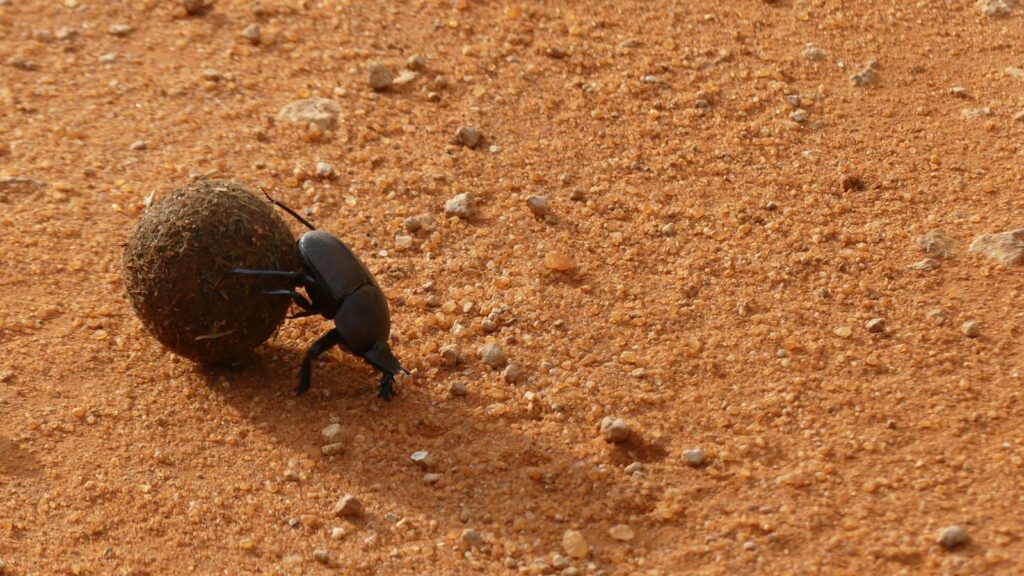
Beetles perform critical ecological functions in nearly every terrestrial ecosystem on Earth. As decomposers, carrion beetles and dung beetles recycle dead organic matter and animal waste, accelerating nutrient cycling and improving soil health. Wood-boring beetles and their larvae break down fallen trees, converting locked-up carbon back into the ecosystem while creating microhabitats for other forest organisms. Many beetles serve as important pollinators, especially in arid regions where traditional pollinators like bees are less common. Predatory beetles like ladybugs provide natural pest control, with a single ladybug capable of consuming over 5,000 aphids during its lifetime. Without beetles performing these ecological services, forests would become choked with dead wood, dung would accumulate, and many plant species would struggle to reproduce. Their ecological significance cannot be overstated—beetles are true ecosystem engineers.
Masters of Metamorphosis
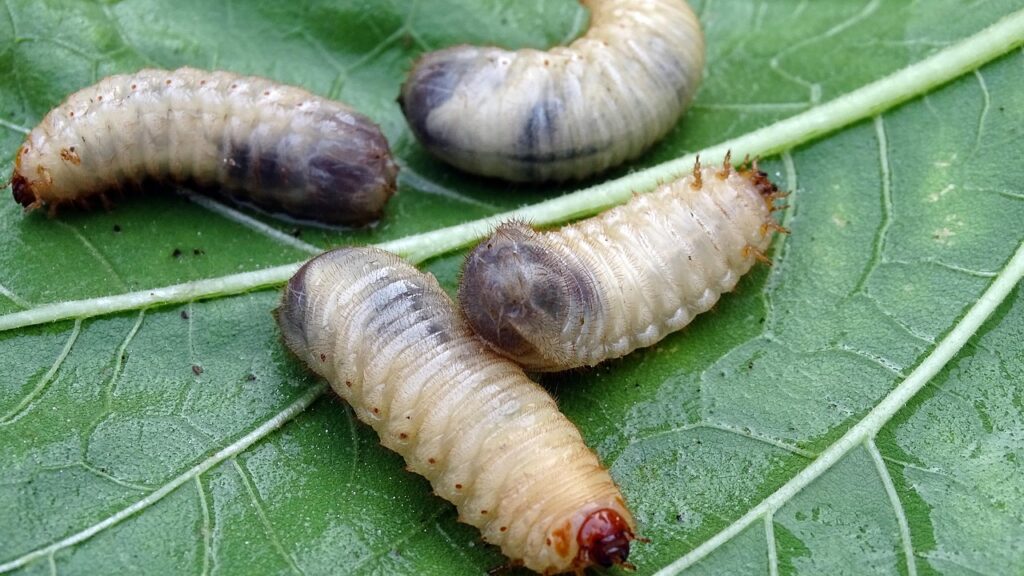
The beetle life cycle exemplifies complete metamorphosis—a transformative process that allows different life stages to exploit completely different resources. Starting as eggs, beetles hatch into larvae (grubs) that focus exclusively on feeding and growth, often in habitats inaccessible to adults. These larvae typically undergo several molts before entering the pupal stage, during which they completely reorganize their bodies. The adult that emerges bears almost no resemblance to the larva, with different mouthparts, sensory structures, and mobility adaptations. This dramatic metamorphosis provides evolutionary advantages by allowing beetles to exploit different food sources and habitats during different life stages, minimizing competition between larvae and adults. In the case of fireflies (which are beetles), the flightless larvae are predatory while adults may not feed at all, instead focusing entirely on reproduction. This adaptive life cycle has contributed significantly to beetle success across diverse environments.
Defensive Innovations

Beetles have evolved an astounding array of defense mechanisms that protect them from predators and harsh environmental conditions. Beyond their hardened elytra, many species produce noxious chemicals to deter attackers. Bombardier beetles represent perhaps the most spectacular example, mixing hydrogen peroxide and hydroquinones in a specialized abdominal chamber to create a boiling, caustic spray directed with remarkable accuracy at threats. Other beetles employ mimicry, with longhorn beetles resembling wasps and some leaf beetles imitating ladybugs’ warning coloration. The death-feigning behavior seen in many species allows them to appear dead when threatened, while click beetles can suddenly snap their bodies to launch themselves away from danger. Some desert-dwelling beetles have evolved microsculpturing on their cuticles that harvests water from morning fog, demonstrating how defensive adaptations extend beyond predator avoidance to include environmental protections. This diverse defensive toolkit has undoubtedly contributed to beetles’ evolutionary longevity.
Beetles and Human History
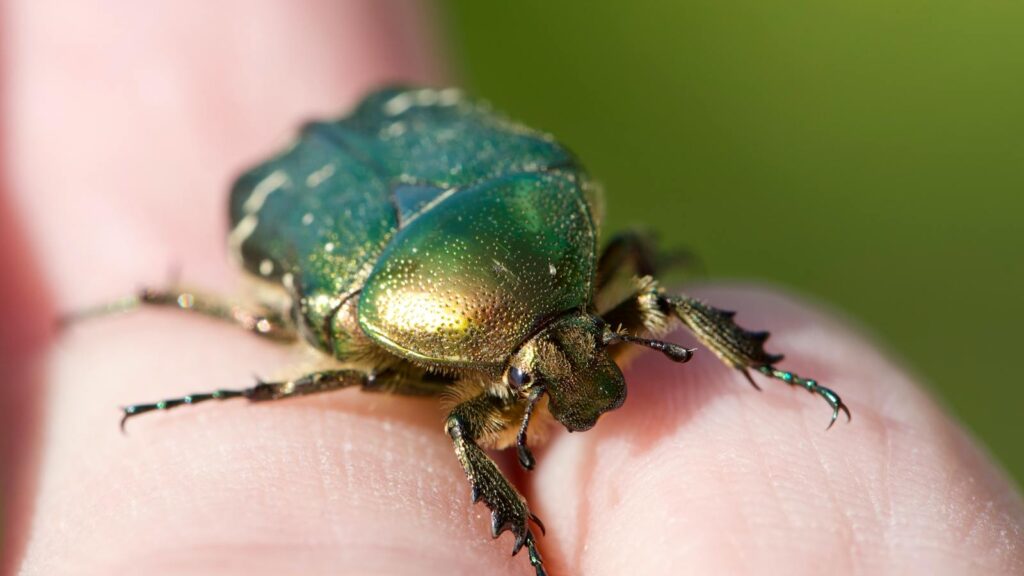
Beetles have played fascinating roles throughout human history, appearing in ancient art, mythology, and even early medicine. Ancient Egyptians venerated the scarab beetle, associating it with the sun god Ra and the cycle of rebirth, creating countless amulets in its image. In Medieval Europe, the iridescent shells of certain beetles were ground into pigments for illuminated manuscripts. Several cultures have used beetles as food sources, with palm weevil larvae still considered delicacies in parts of Southeast Asia and the Amazon. The Spanish fly beetle, despite its name, was historically used as an aphrodisiac (though actually highly toxic) and features in numerous historical accounts. Forensic entomologists now use beetle succession patterns on corpses to determine time of death in criminal investigations, showing how our relationship with beetles continues to evolve. From divine symbols to practical applications, beetles have maintained a significant presence in human cultural development.
Remarkable Adaptations and Specializations
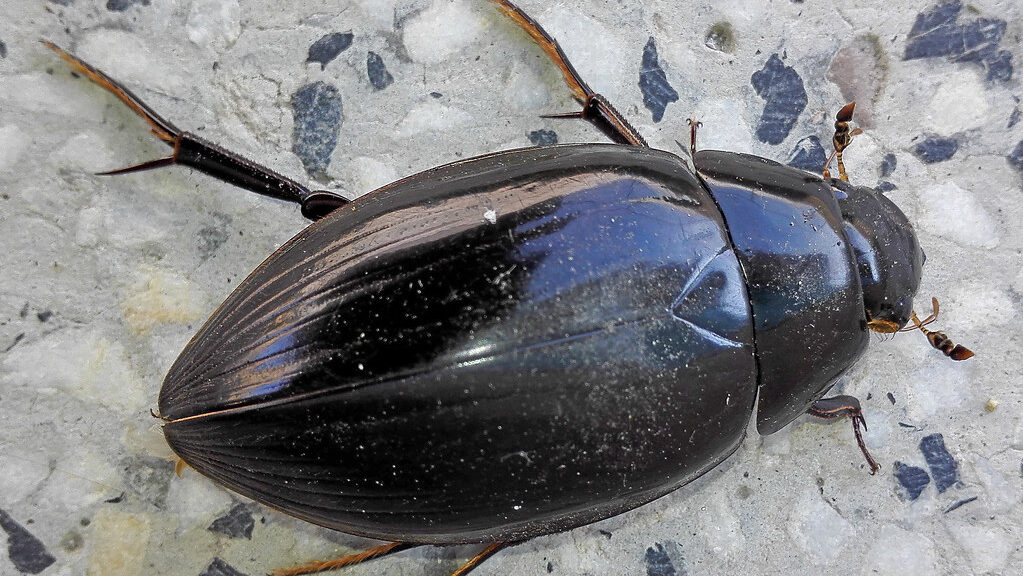
Beetles exhibit astonishing specializations that demonstrate evolution’s creative power. The diving beetles (Dytiscidae) have hydrophobic hairs that trap air bubbles, allowing them to breathe underwater for extended periods—essentially carrying their own SCUBA tanks. Fireflies have specialized light-producing organs containing luciferase enzymes that create bioluminescent displays for finding mates with nearly 100% energy efficiency. Ambrosia beetles cultivate fungal gardens inside tree tunnels, practicing a form of agriculture that predates human farming by millions of years. Some parasitic beetle species have evolved to release chemicals that mimic ant pheromones, tricking worker ants into feeding and protecting the beetle larvae over their own young. The giraffe weevil possesses an extraordinarily elongated neck used by males to fight for mates and construct leaf nests. Each of these adaptations represents a unique evolutionary solution to environmental challenges, illustrating the remarkable plasticity of the beetle body plan.
Record-Breaking Beetles
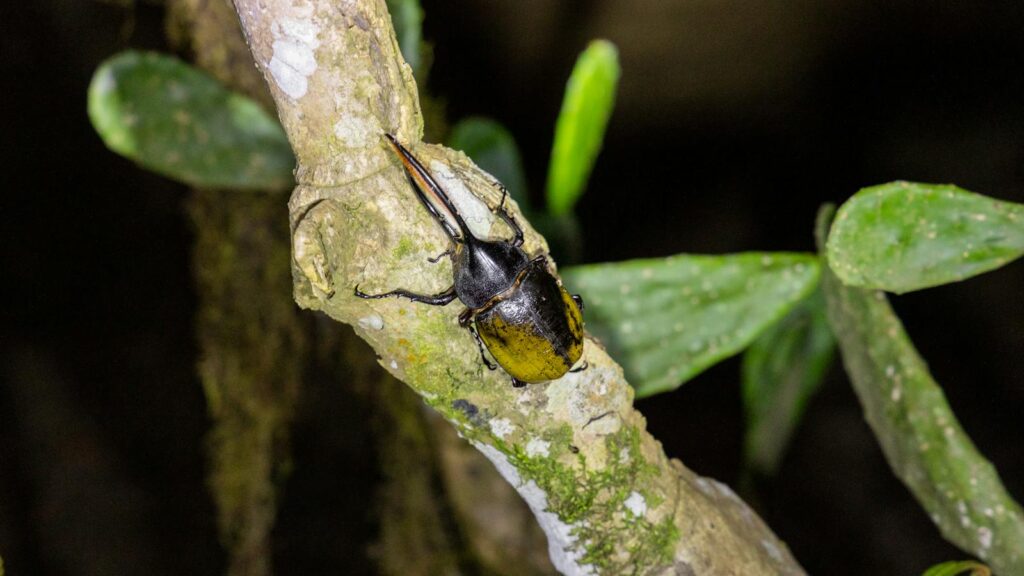
The beetle world contains numerous record-holders that showcase the extremes of what evolution can produce. The Hercules beetle (Dynastes hercules) can lift objects 850 times its body weight—equivalent to a human lifting six full-sized school buses. For pure power, the rhinoceros beetle can support 30,000 times its body weight on its back, making it proportionally the strongest animal on Earth. The bombardier beetle produces a defensive spray at 100°C, just below water’s boiling point. Featherwing beetles include the smallest known non-parasitic insects at just 0.3mm long, while the titanic Titanus giganteus can reach 17cm with mandibles capable of snapping wooden pencils. Perhaps most impressive is the diabolical ironclad beetle (Phloeodes diabolicus), which can withstand forces of over 39,000 times its body weight—equivalent to a human surviving being crushed by 125 tons. These record-holders demonstrate the extremes of biological engineering possible within the beetle blueprint.
Beetles as Environmental Indicators
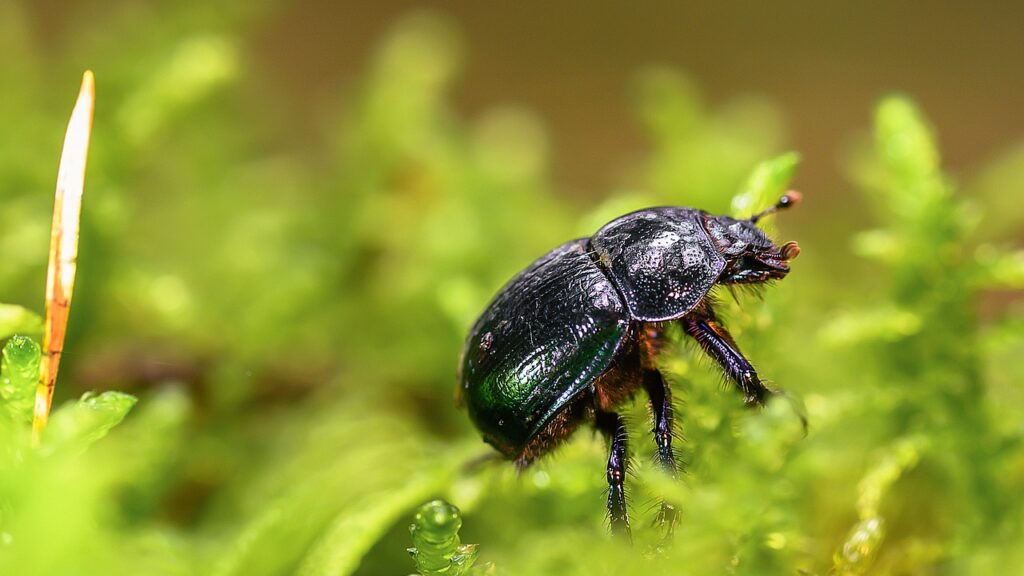
Scientists increasingly recognize beetles as excellent bioindicators of ecosystem health due to their sensitivity to environmental changes and their presence in virtually all terrestrial habitats. Water beetles quickly respond to changes in aquatic pollution levels, with their presence or absence providing early warnings of contamination. Forest-dwelling ground beetles require specific microhabitats and diminish rapidly when forests are fragmented or degraded, making them valuable indicators of forest health and management practices. Dung beetles serve as indicators of mammalian diversity, as their abundance correlates strongly with the presence of large mammals that provide their food resources. Climate researchers study beetle distributions to track shifting ecological boundaries, with certain species expanding northward as temperatures warm. These characteristics make beetles invaluable tools for conservation biologists and environmental scientists monitoring ecosystem changes and evaluating restoration efforts.
Threats to Beetle Diversity

Despite their evolutionary resilience, many beetle species face serious threats in the modern world. Habitat destruction represents the most significant challenge, with deforestation particularly devastating for specialist species dependent on old-growth forests. Climate change alters temperature and precipitation patterns faster than many beetle populations can adapt or migrate, with montane species especially vulnerable as their habitable zones shrink. Invasive beetle species like the emerald ash borer can devastate native tree populations, while simultaneously facing intense eradication efforts that may impact non-target native beetles. Agricultural intensification often involves pesticides that indiscriminately kill beneficial beetles along with pest species. Over-collection threatens certain showy beetles valued by collectors, including stag beetles and some scarab species. Conservation efforts must balance human needs with the preservation of beetle diversity and their critical ecological functions to ensure these evolutionary marvels continue to thrive.
Current Research Frontiers

Modern science continues to uncover fascinating aspects of beetle biology with important applications. Biomimicry researchers study the water-harvesting properties of Namib Desert beetles to develop passive water collection systems for arid regions. The extraordinary strength-to-weight ratio of beetle exoskeletons inspires materials scientists developing next-generation composites for aerospace applications. Pharmaceutical researchers investigate beetle defensive compounds for potential new antibiotics and anti-cancer agents, while agricultural scientists study predatory beetles to refine biological pest control methods. Molecular biologists sequence beetle genomes to understand the genetic basis for traits like extreme durability and detoxification abilities. The field of parataxonomy trains local communities to assist in documenting beetle diversity in biodiversity hotspots, accelerating the discovery of new species before they disappear. These research directions highlight how beetle studies continue to yield insights relevant to human technology, medicine, and conservation efforts.
The Future of Beetle Domination

Despite mounting environmental challenges, beetles will likely maintain their evolutionary dominance far into the future. Their remarkable adaptability has allowed them to survive previous mass extinctions, and many species show surprising resilience to anthropogenic changes. Urban-adapted beetles colonize cities worldwide, while others rapidly evolve pesticide resistance or adjust their life cycles to changing climate conditions. Range expansions are already documented for numerous beetle species tracking shifting climate zones. Their short generation times allow for relatively rapid evolutionary responses compared to larger organisms with longer lifespans. Even in worst-case scenarios involving massive biodiversity loss, beetles would almost certainly represent a significant portion of the surviving species. As they have for hundreds of millions of years, beetles will continue to adapt, speciate, and exploit new ecological opportunities. The future of life on Earth will undoubtedly include countless beetles continuing their remarkable evolutionary journey.
Beetles represent nature’s most successful experiment with the insect form, dominating terrestrial ecosystems through a combination of protective anatomy, incredible adaptability, and specialized lifestyles. Their diversity dwarfs that of vertebrate animals, while their ecological impacts shape the environments we depend upon. From ancient scarab worshippers to modern biomimicry engineers, humans have long recognized something special in these six-legged survivors. As we face mounting environmental challenges, understanding and preserving beetle diversity becomes increasingly important—not just for their intrinsic value, but for the critical ecosystem services they provide. The story of beetles is, in many ways, the story of life’s tenacity and creativity on our planet. Their continued dominance stands as a testament to the power of evolutionary innovation and adaptation.

